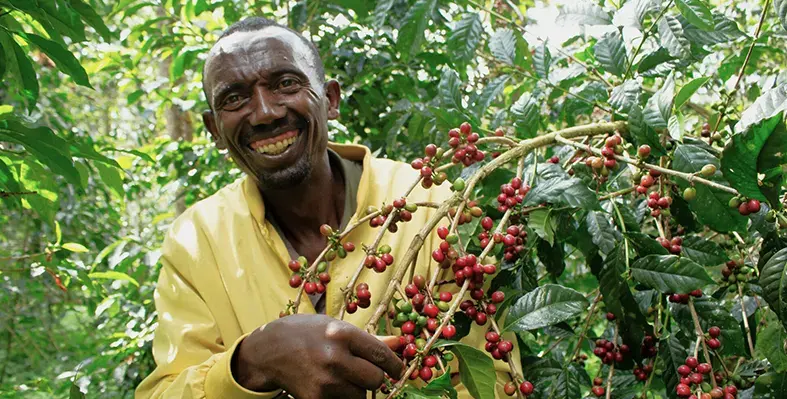A recent report by NGO Farm Africa outlines how a transformative forest conservation and sustainable agriculture initiative in south-eastern Ethiopia has concluded with striking success
Through sustainable coffee production and alternative income sources, the three-year Farm Africa project in the ecologically vital Ilu Ababor Zone of Ethiopia’s Oromia Regional State has protected natural forests while improving the livelihoods of 4,000 people. This zone plays a critical role regionally in water regulation and globally in carbon sequestration and biodiversity conservation.
Implemented in partnership with government agencies and working closely with local Participatory Forest Management Cooperatives (PFMCs), Farm Africa’s project developed economic incentives for 15 forest-dependent communities living in conservation ‘hotspots’ in the area to protect the forests. The traditional practice of harvesting wild forest coffee, which thrives in the shade of forest trees, preserves biodiversity and reduces deforestation by giving coffee farmers an incentive to protect the forest.
Key outcomes of the project include:
- 43% reduction in the average annual deforestation rate
- 45% real-value increase in forest coffee income among coffee producers
- 15% real-value increase in average household incomes (including non-coffee producers)
- Alignment of PFMC bylaws with national forest policy
- Shift in average household dietary diversity category from ‘medium’ to ‘high’
“The Forest Coffee project shows that protecting nature doesn’t have to mean sacrificing income. With ingenuity we can grow profitable new income streams rooted in production methods that restore and protect our ecosystems,” said Farm Africa project coordinator, Teferra Amare. “This integrated model of conservation and business development offers a powerful blueprint for other forested regions facing economic and ecological challenges.”








